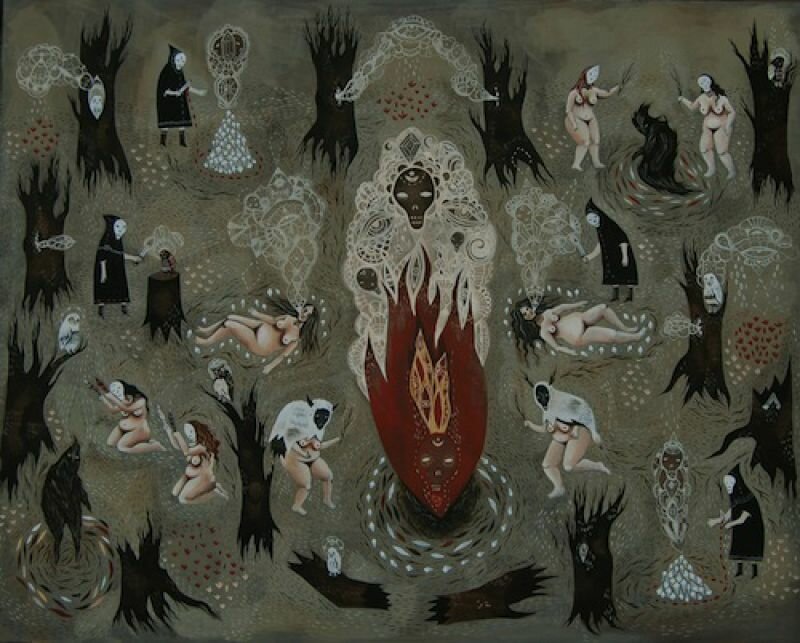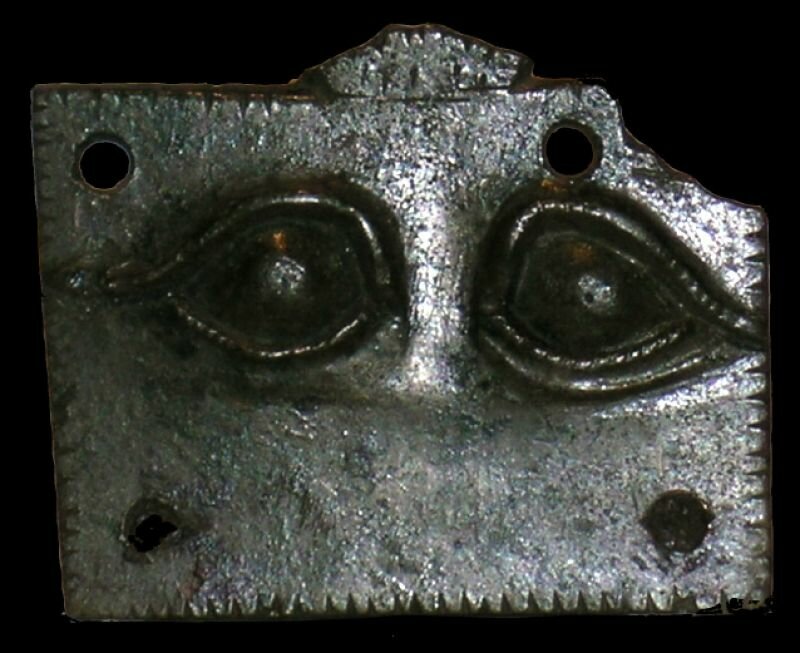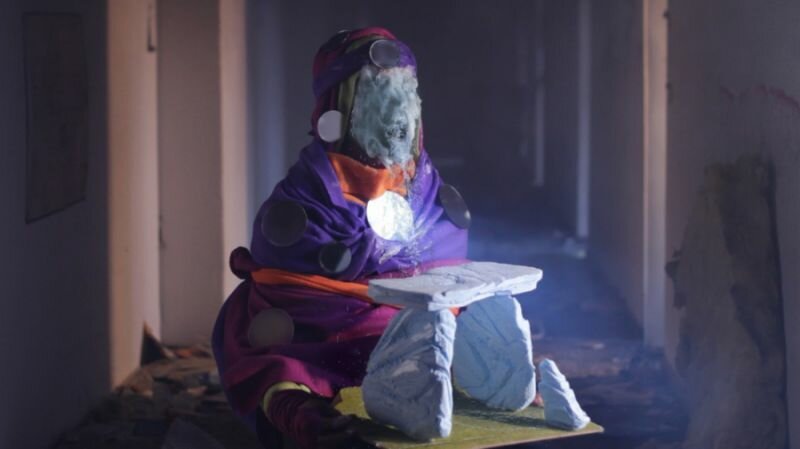J
Jonatah Manno
08.10.2013

Katy Horan, When the Moon is Full, 2008
1836, in the countryside of Salento in Puglia, Italy. A farmer is found lying outstretched and pale-faced in the bushes after having eaten wild blackberries and falling into a delirium. It’s near the Dolmen of Caroppo, in the vicinity of Galatina. Her hands and feet are black. Musicians with tambourines immediately rush to her from the village. They assemble themselves around her and begin to play.
The woman, initially motionless, begins to move to the rhythm of the tambourine, her feet kicking and her body spasming. She dances for hours, overcome with ecstasy. Members of her family surround her and present her with colourful pieces of fabric. She picks the colour she hates the most.
Meanwhile, the priest has joined the congregation and offers her St. Bruno’s prayer cards. Deliriously dancing, she places them into her mouth and chews on them. She eats them.
Finally, after hours of mania, she vomits water through her nose and mouth into a well. Her face regains its colour and her sanity has returned. Her family takes her home to the village where she lives.

Where I come from, superstitious fascination for pagan ritual is interwoven with Catholic-Christian doctrine. Symbols overlap or are compounded; the Catholic Church has encapsulated pagan rituals and translated them into Catholic interpretations. This bizarre trans-religious scenario, further stimulated by changes in rural life and the modernisation of South Italy, has led to a need for spiritual transcendence. This renewed interest in the trance, in the voluntary loss of consciousness, is a reaction to, and perhaps compensation for, the loss of one’s role within society.

I’ve always wondered when the function of a symbol’s significance ceases, and I’ve noticed that significance is determined by an individual’s interpretation. The religious symbol emerges as exceptionally strong because it contains contradictions. I think an artwork functions in a similar manner, and is the engine for many different connotations. A quiet engine that harbours contradictions with in it is like a spinning wheel. It spins and spins until it transcends and exceeds itself. It dances to the rhythm of the cosmic drum, and the two polar opposites are reconciled on the axis of possibility.
A woman, a vagabond, repeats the same actions over and over. She falls in love with objects, she hates their colour. She asks if she could be dressed in mirrors. She lives near a landfill and sometimes she’s heard singing a mantra. She likes to repeat herself and remain absent, to miss herself for eternity. She lives in a large European city.
Her attempt to lose consciousness, to release material status, is a well-known technique applied in esoteric religions. With the necessary sacrifice, anyone can reach ecstasy. But in South Italy and elsewhere in Europe, reaching ecstasy becomes a shelter against social decline, the loss of traditional roles in society, the redemption of the minorities. It justifies the personal inadequacy to live up to a collective and productive model. To cease acting and become a living symbol, and if possible, one that others wish to see.
In a state of bliss, S. Giuseppe da Copertino, and more recently, Padre Pio, have both succeeded in flying and have appeared in two places simultaneously, like the electron... As real as double.
